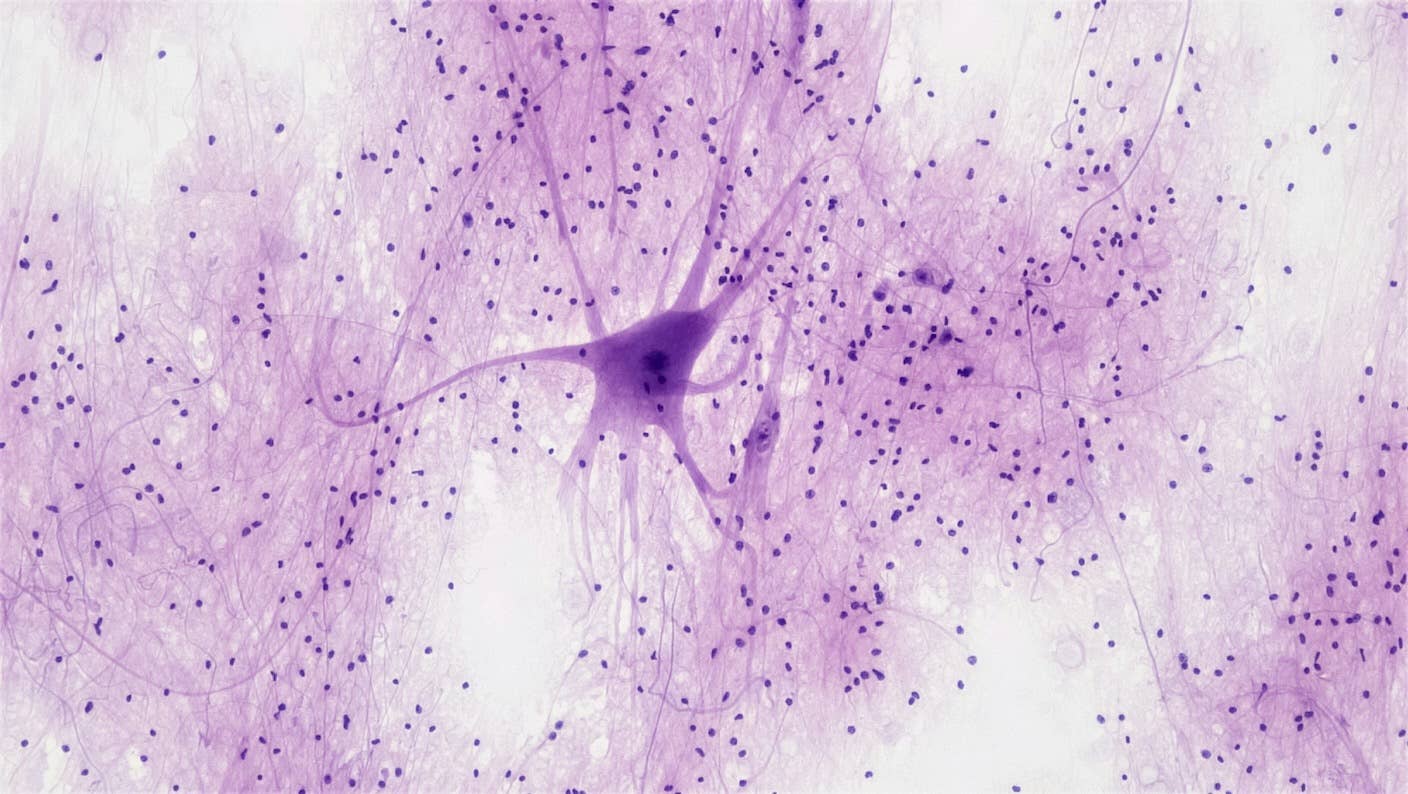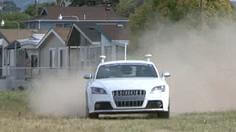On The Path To Pike’s Peak: New Video of Stanford’s Robot Car

Share
It will be one of the more daring feats of robotic driving ever attempted: Stanford's autonomous car, an Audi named Shelley, will race up Pike's Peak at breakneck speeds. That mountain has been the proving grounds for racers since 1916, with annual competitions to see who can scale its treacherous curves in the shortest time. While not scheduled to make the Peak attempt until September, Shelley has been undergoing thorough testing. It reached speeds of 130 mph at the Bonneville Salt Flats, and ran a small tight-turn loop for the media in San Jose. All without the need for a human driver. We've got some great new footage of Shelley laying down some tracks as it gets tested and improved for its upcoming climb. Check out the video below.
Stanford has consistently been one of the top research teams in autonomous automobiles. They've grabbed first and second place in the DARPA Grand Challenge with different vehicles in different years. The Center for Automotive Research at Stanford (CARS) is also working with Volkswagen to produce a self-parking car. Racing Shelley up Pike's peak is a new kind of endeavor, though. This will push the limits of control to get the car to its utmost performance. As graduate researcher Rami Hindiyeh explains in the video, they're looking to get the maximum force on Shelley's tires at all times:
Be Part of the Future
Sign up to receive top stories about groundbreaking technologies and visionary thinkers from SingularityHub.


At these speeds and turns, CARS will push Shelley as close to failure as they can. Which could have some serious applications if robot vehicles are ever to take over for human drivers. Being able to recover from dangerous turns and rapid accelerations will make computer-driven cars safer. Just as automatic systems reroute brake pressure and torque on modern cars, so too may we see systems in place that will augment steering controls in the near future.
Seeing robot cars on the highway, however, is still quite a ways off. Shelley uses GPS to navigate on the curviest roads, but I haven't seen anything that shows me it could brake in time to avoid a pedestrian, or dodge road debris. A highway, with dozens of moving variables to account for, is still beyond the capabilities of autonomous vehicles. Give it time though, and I'm sure we'll see Stanford, or another team, develop the means to overcome that challenge as well.
For now, all eyes are on Pike's Peak. CARS is continuing its research, and gathering financial momentum as well. State Farm Insurance signed on as an affiliate, the sixth major company to do so. There's obviously a lot of interest in projects like these, which may demonstrate that computers already have superior car-handling skills, if not better judgment, compared to the average driver. Humans will race up Pike's Peak for the annual competition in late June, setting the bar for true rally driving performance. Will Shelley run the course at competitive speeds in September? We'll see.
[screen capture and video credit: Jack Hubbard via Stanford News]
[source: CARS, Stanford News]
Related Articles

In Wild Experiment, Surgeon Uses Robot to Remove Blood Clot in Brain 4,000 Miles Away

A Squishy New Robotic ‘Eye’ Automatically Focuses Like Our Own

This Crawling Robot Is Made With Living Brain and Muscle Cells
What we’re reading
